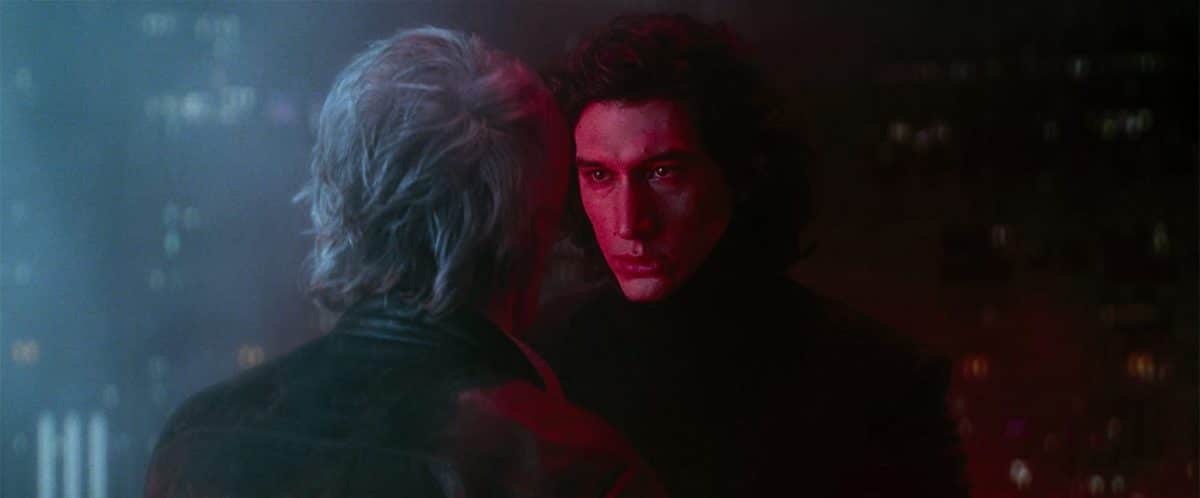
Within the past year, sequels to two famous film franchises graced the silver screen. Star Wars: The Force Awakens and Independence Day: Resurgence were both highly anticipated and hyped up by fans and promotional departments alike, but only one succeeded in living up to the expectations. The other, unfortunately, fell flat.
Why did The Force Awakens amass a 92% critical rating on Rotten Tomatoes while ID4: Resurgence earned a measly 31% on the same site? Both belonged to a well-known franchise, both featured out-of-this-world special effects, and both included characters from their predecessors. So why did one soar while the other flopped?
The answer is transformation — or lack thereof.
In Save the Cat!® Strikes Back, Blake Snyder wrote, “Tell us a story about transformation.” That’s the sole responsibility of all writers, and it’s crucial if we want to tell a tale that grabs hold of our audience. Blake continued, “That’s why we tell stories. There are all kinds of ways to map out this change, but never forget that’s what we’re charting here. We will get bored not seeing change occur. Despite all the pyrotechnics you throw our way that dazzle us so, we must experience life.”
That’s precisely why audiences were bored with Resurgence but not The Force Awakens. And it’s a danger that we as writers can easily fall prey to. We want to show off the flashy, fun parts of our story, but we must never neglect the one thing the audiences can actually relate to on a personal level: change.
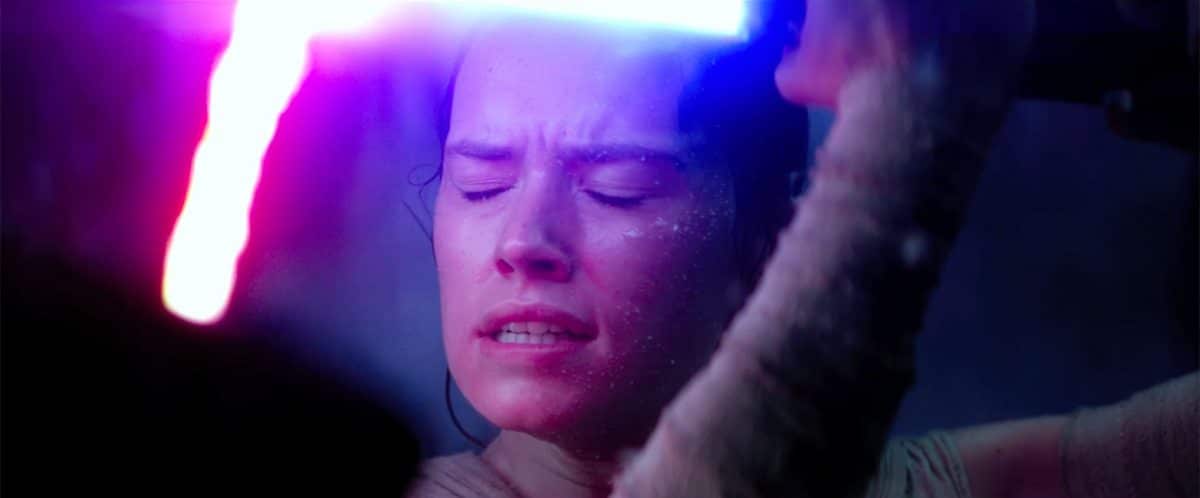
In The Force Awakens, several characters undergo painful, personal transformations. Throughout the course of the story, we watch as Finn struggles with choosing sides and whether or not to share about his dark past. We witness Rey’s struggle to embrace the Force as it calls out to her. Our gut churns as Kylo Ren stands on a narrow walkway with Han Solo, and we hold out hope that it is not too late for him.
It is through these characters that we experience the story, that we experience life. We become emotionally attached to them, and their struggles become our own. As they are passing through the Transformation Machine before our eyes, we forget that we are watching a film with multimillion-dollar special effects because the emphasis is not placed on them; it’s placed on the characters.
Time and again, we can watch Kylo Ren make his fate-sealing choice, and we will still respond with tears. As Rey takes hold of Luke’s lightsaber and takes a stand against her antagonist, we feel a surge of power within ourselves, cheering her on.
Just like The Force Awakens, the Independence Day sequel also featured callbacks to many of the original characters. It had lots of special effects and eye candy to dazzle us. And yet, it didn’t connect with us emotionally because we didn’t experience change with the characters. As Blake wrote, we didn’t “experience life.”
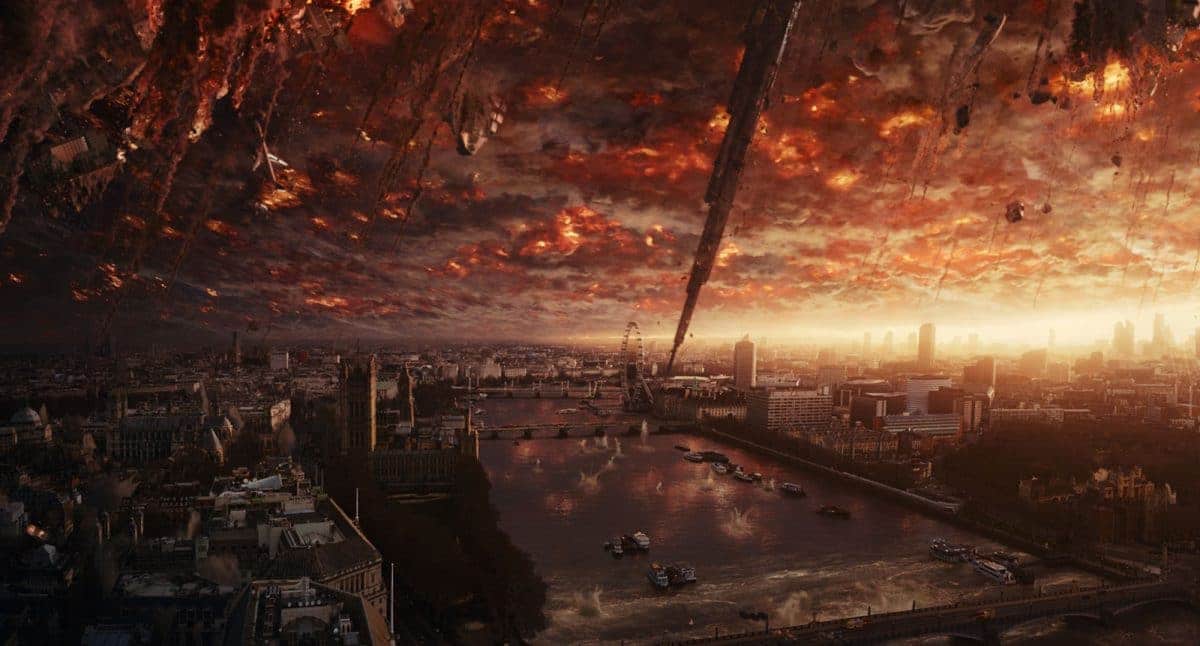
Even though Resurgence had many notable actors, it is difficult to recall or name the protagonists. The two main characters were pilots who clashed with each other, but ultimately worked together to defeat the aliens. But was it truly transformation? Or did they just realize that there were bigger things to worry about than their disagreements?
Critics and audiences agreed that the emphasis on special effects and spectacle took place over story, and that is ultimately what hurt the film. In actuality, that seems to be what hurts many films in our technology-driven world. We have so many tools at our disposal and so many ways to make virtually anything come to life that it is easy to get carried away.
The Star Wars prequels demonstrate this. Episodes I-III are crammed with special effects, but it’s all surface-level. Even though the technology makes things look realistic, we aren’t drawn into those stories as easily because we don’t have characters who change meaningfully. With the exception of Anakin’s slow turn into Darth Vader, do any characters truly experience significant transformation?
Both The Force Awakens and ID4: Resurgence fall into what we’d classically call the science fiction genre. So it’s natural for many to brush off the criticism by stating that audiences want to see the futuristic landscapes and technology that come with those tales. While that might be true, story should not be sacrificed. Characters still need to pass through the Transformation Machine.
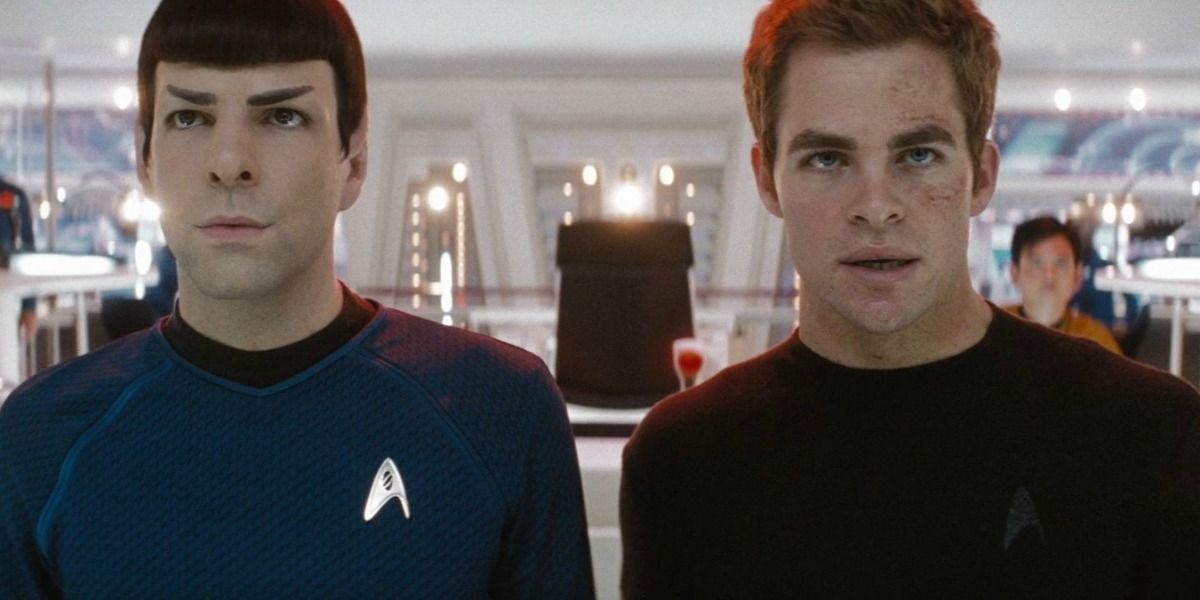
Director and producer J.J. Abrams grasps this principle in the Star Trek films. In each movie, the characters undergo different levels of transformation based on what needs fixing in their life. In the first film, Kirk and Spock must learn to work together, but their changes go deeper; Spock must learn to embrace his human side, while Kirk must learn to embrace responsibility and what it means. In the second film, Kirk experiences change by taking responsibility for his crew, learning that his personal choices affect the lives of others. In Star Trek Beyond, he faces further transformation as he must come to terms with how his past experiences have molded and shaped who he is, relying on those lessons to guide him.
Both The Force Awakens and the Star Trek films were box office successes, but it’s not simply because they are built on famous franchises. It’s because they tell stories about change. We can’t identify with what it’s like to live in the future, fly a starship, or wield a lightsaber. But we can sympathize with the struggles the heroes are facing, and we want to see them emerge from the chrysalis in the end as something new and beautiful.
In his chapter called “Straightening Your Spine,” Blake further emphasizes how important change is, and how we notice when it is missing. He wrote, “All the movie had to give me was just a tiny bit of a story, something I can use in my life here on Earth. They need to show me a guy with a problem who changes and grows for the journey. I need that. And so do you.”
Cory Milles
4 Comments
Leave a Reply Cancel reply
You must be logged in to post a comment.


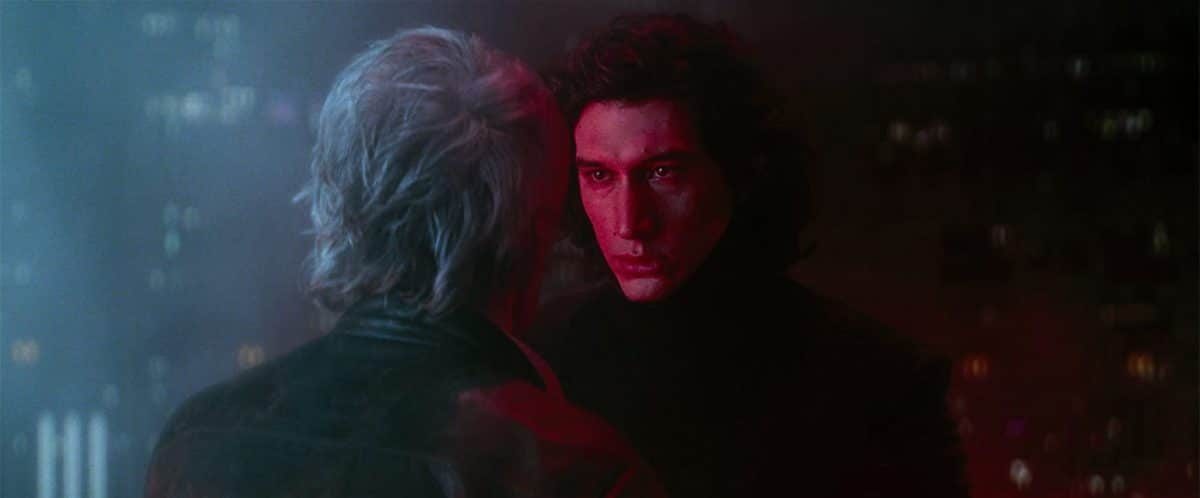







Beautiful. Thank you, Cory Milles.
Really good blogpost!
Don’t usually comment here, but this was a great article. I think what happens with a lot of sequels to successful films is that missing transformation. It’s as though the characters got over their issues in the first film, and the sequel’s writers are like, “Now what?” So they carry over all the spectacle and callbacks to the original, but forget the transformations that made the first story successful.
Hi, Does the transformation need to start before “Dark Night of the soul? Doesn’t the hero go through the “Fun and Game section with the same flaw perspective as at at the start of the film, and how much change do we need to see between “mid point” and Dark night?”